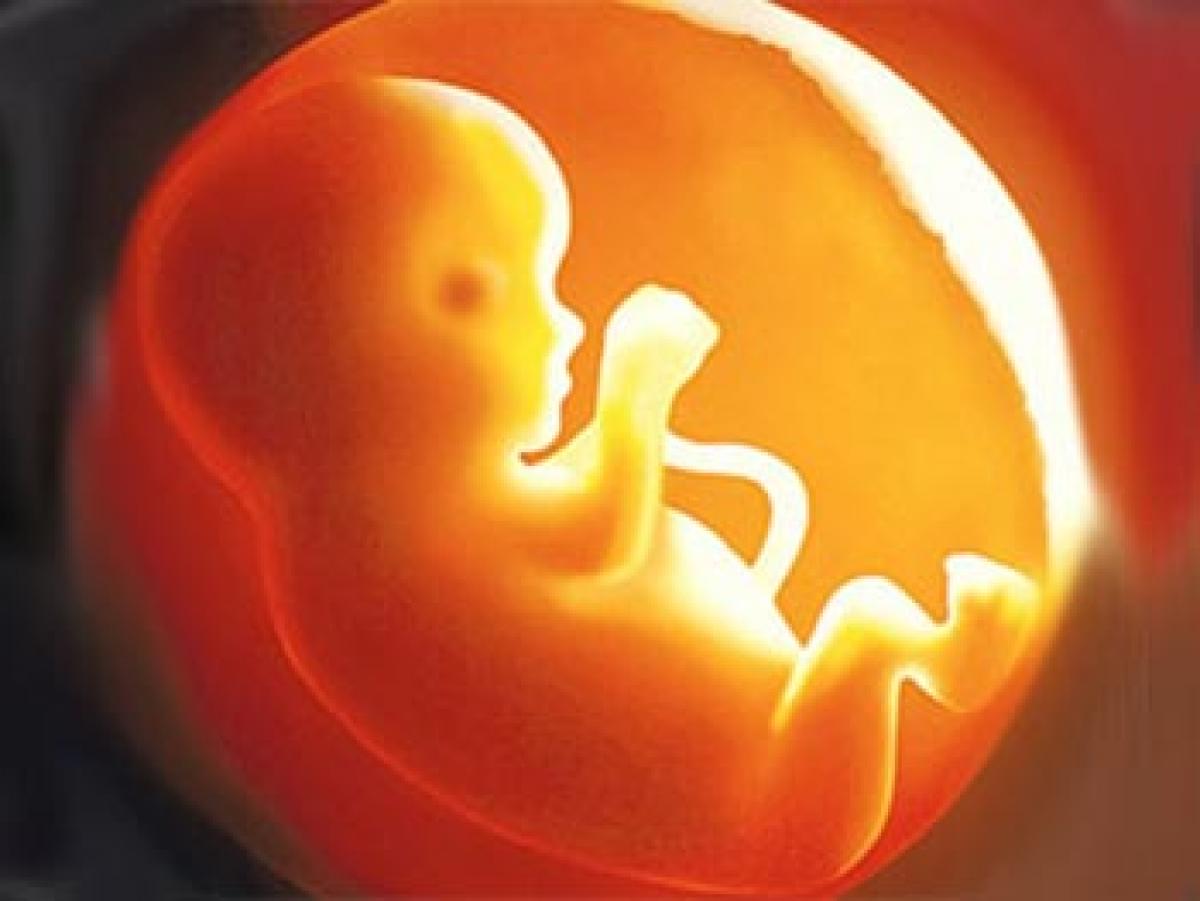Live
- Cold Wave Sweeps Telugu States, Temperatures Drop Significantly
- Which one will you prefer caste census or skill census?
- Kakinada cricketer Satyanarayana Raju selected by Mumbai Indians in IPL
- Caste census is third movement by Cong for social justice: CM
- 400 avail medical camp at Hanuman Junction
- Satwik-Chirag withdraw from Syed Modi International
- Make PJTAU No. 1 agriculture varsity in country: Tummala
- Pemmasani urges CCI to purchase cotton from farmers
- CCI official Amarnath Reddy transferred
- SCR conducts safety inspection on Malkajgiri-Sitafalmandi section





.jpg) A researcher from George Washington University is exploring the possibility of using a new technique for human reproduction and its ethical and practical implications. The method can create the possibility of same-sex couples having children biologically related to both partners.
A researcher from George Washington University is exploring the possibility of using a new technique for human reproduction and its ethical and practical implications. The method can create the possibility of same-sex couples having children biologically related to both partners.



